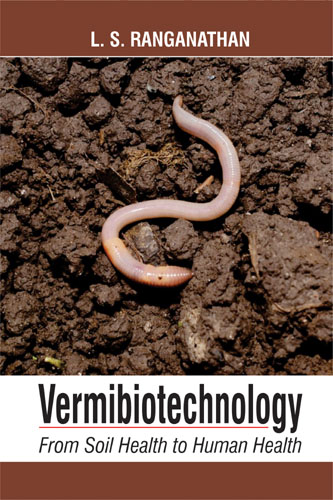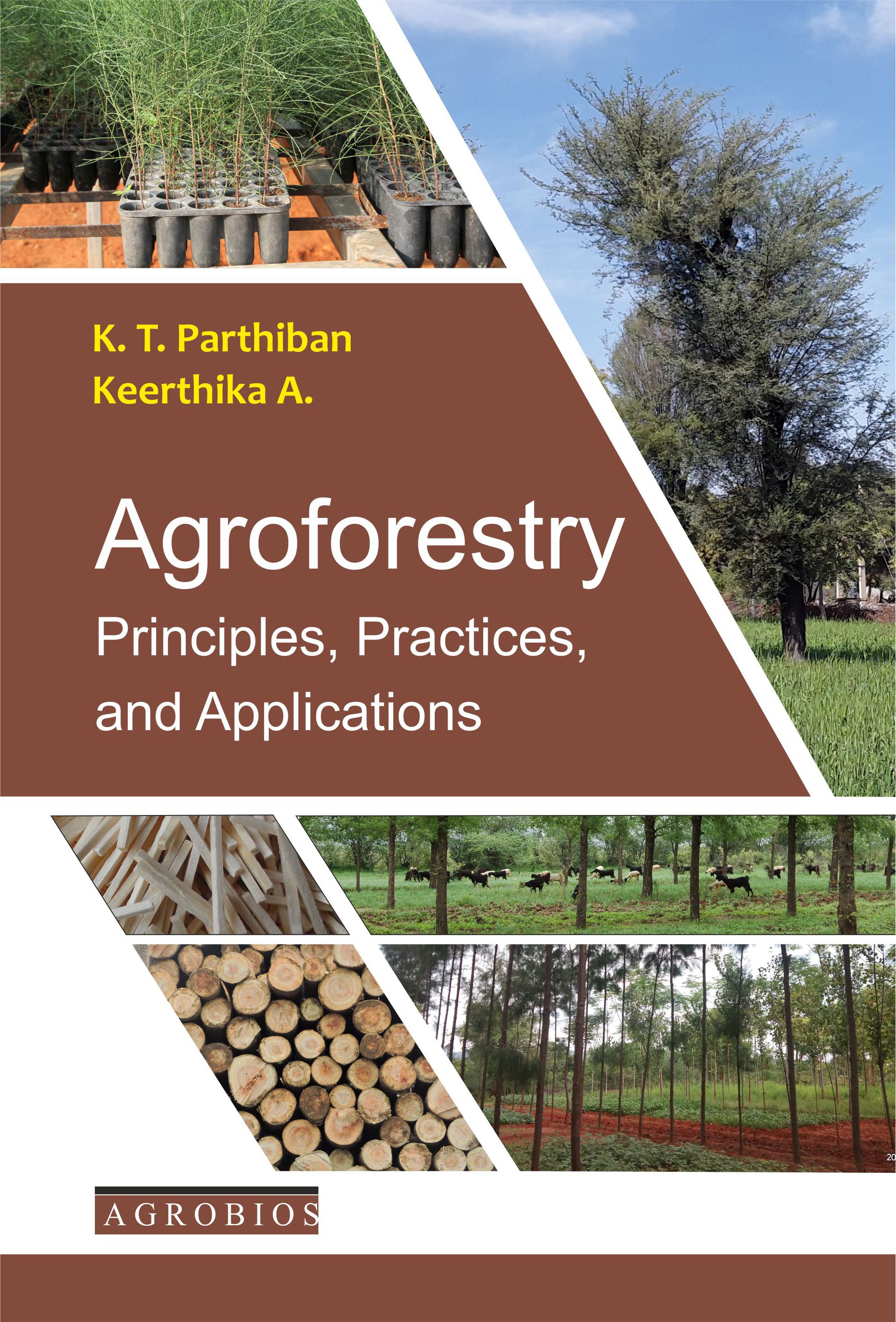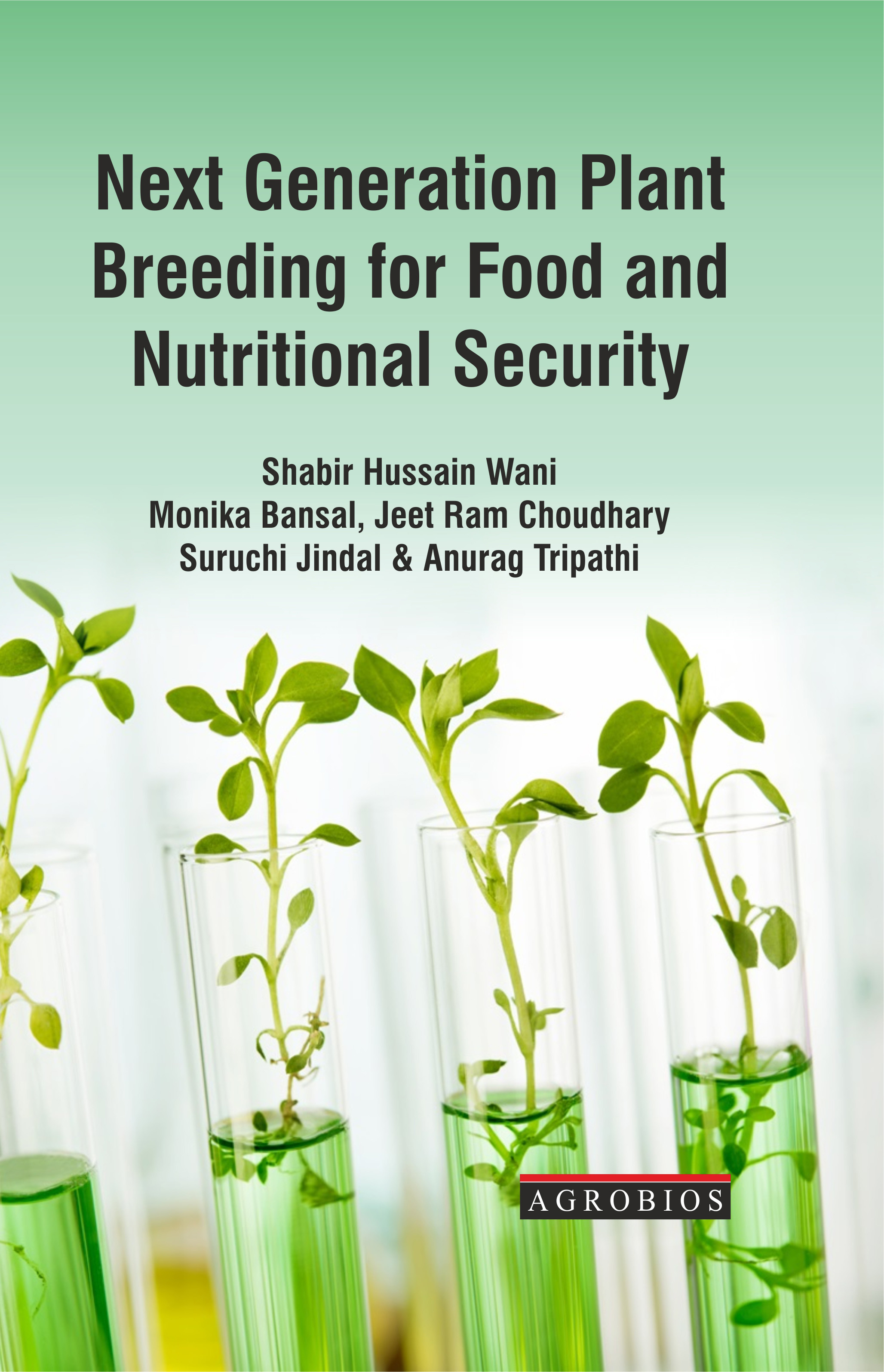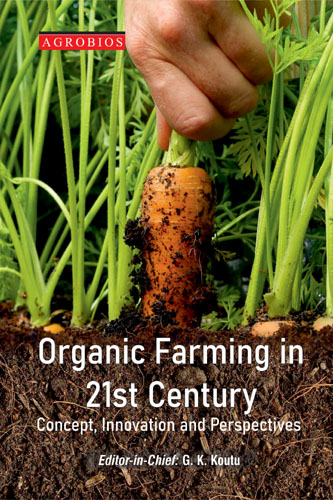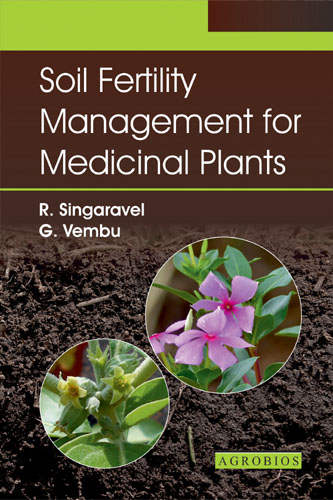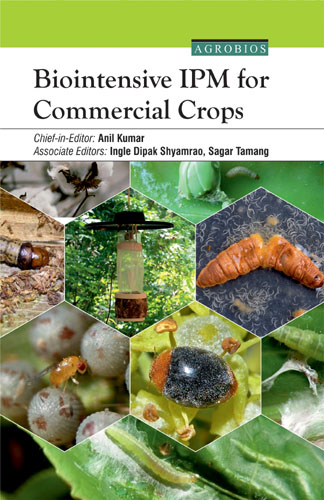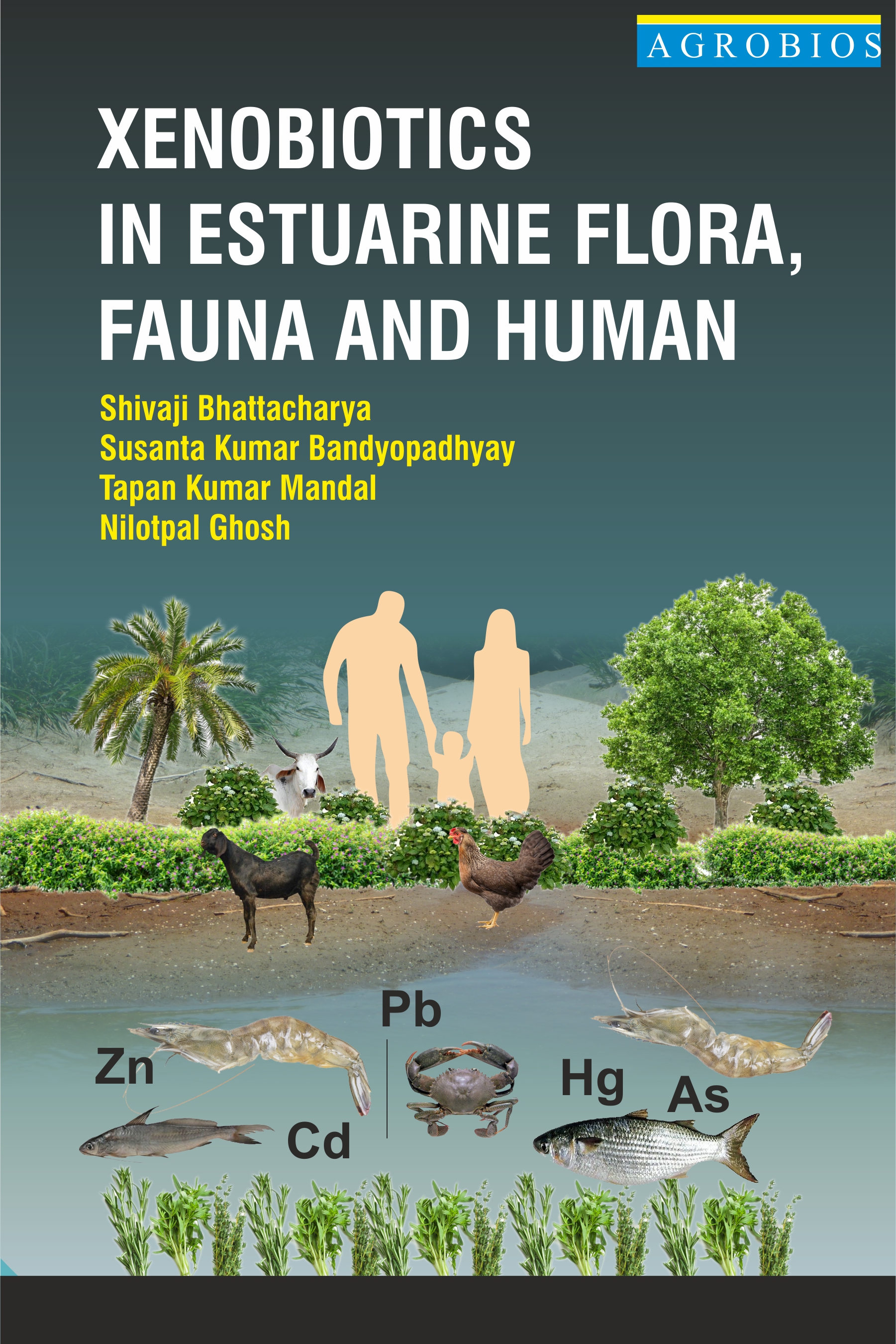Vermibiotechnology: From Soil Health To Human Health
Soil, a fragile ecosystem, has been cultivated for at least 10000 years. About 99% of our food comes from land and roughly 80% of our food is provided by grains. Similarly, the need of water is very clear. But unfortunately the rapid growth of human population is posing many problems to our soil and water: the enormous waste generated are contaminating the soil, air and water; the increased emission of green house gases causes global warming which leads to flooding, drought, soil erosion; indiscriminate use of chemical fertilizers, pesticides and weedicide and use of heavy farm machinery make the soil sick. Further the rate of food production is lagging behind the growth of human population, metallic and non-metallic minerals are getting exhausted, fossil fuels and the biodiversity are diminished. The size of the gene pool get reduced. Already the human population is experiencing large scale starvation and wide-spread poverty and drought in Asia and
Africa. The gap between the rich and poor gets wider. It is now an accepted truth that the future of global food security depends on our knowledge and ability to manage our soil and water resources based on principles of ecology and equity. It is time we take all steps to conserve the fertility of our soil and restore the productivity of degraded soil.
Organic farming is a solution to save mankind from the impending dangers. Earthworms, the dominant macrofaunal biomass in the soil improve soil structure and fertility. Of late we have realized their potential in the management of waste and large-scale production of vermicompost. Any attempt to improve the production of the soil has to be based on an understanding of the processes taking place in the soil. This book is a humble attempt to make the readers without scientific background and particularly students in colleges and universities, farmers, horticulturists, environmental scientists and municipal and industrial managers to understand the role of earthworms in the conservation, productivity and management of soil.
The present volume can be used as an undergraduate text/reference book in Zoology, Botany, Life Science, Environmental Science, Agricultural, Civil and Chemical Engineering and also be useful to administrators who are concerned with soil.
Ranganathan LS
555
Table of Contents..
- Introduction
- Soil: Formation, Health, Conservation and Nutrient Cycling
- Taxonomic Characters and Key for Identification
- Collection and Preservation of Earthworms
- Morphology, Anatomy and Life Cycle of Earthworms
- Earthworm Community and Ecological Classification of Earthworms
- Vermiculture and Vermicomposting
- Effect on the Physical Features of Soil
- Soil Microbes and Earthworms
- Earthworm and Humification
- Effect of Vermicompost on Plants
- Therapeutic Values of Earthworm
- Questions
- References
Table of Contents..
9.
Book Details
Book Title:
Vermibiotechnology: From Soil Health To Human Health
Vermibiotechnology: From Soil Health To Human Health
Book Type:
TEXT-CUM-REFERENCES BOOK
TEXT-CUM-REFERENCES BOOK
No Of Pages:
152
152
Color Pages :
0
0
Color Pages :
0
0
Book Size:
AMERICAN ROYAL (6X9)
AMERICAN ROYAL (6X9)
Weight:
400 Gms
400 Gms
Copyright Holder:
All Rights Reserved
All Rights Reserved
Imprint:
M/s AGROBIOS (INDIA)
M/s AGROBIOS (INDIA)
Readership:
PG STUDENTS | SCIENTISTS AND RESEARCHERS |
PG STUDENTS | SCIENTISTS AND RESEARCHERS |
Associated Subjects:
Agricultural Waste And Management , Agronomy , Biotechnology , Gardening , Horticulture , Organic Farming , Soil Science , Sustainable Agriculture , Vermicomposting , Zoology ,
Agricultural Waste And Management , Agronomy , Biotechnology , Gardening , Horticulture , Organic Farming , Soil Science , Sustainable Agriculture , Vermicomposting , Zoology ,



